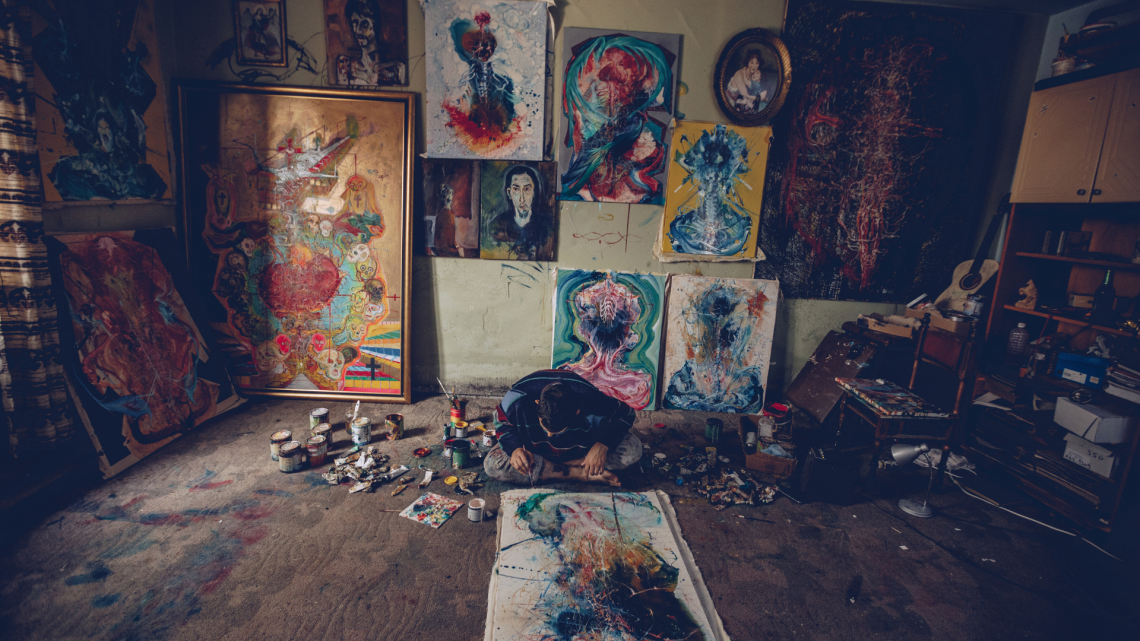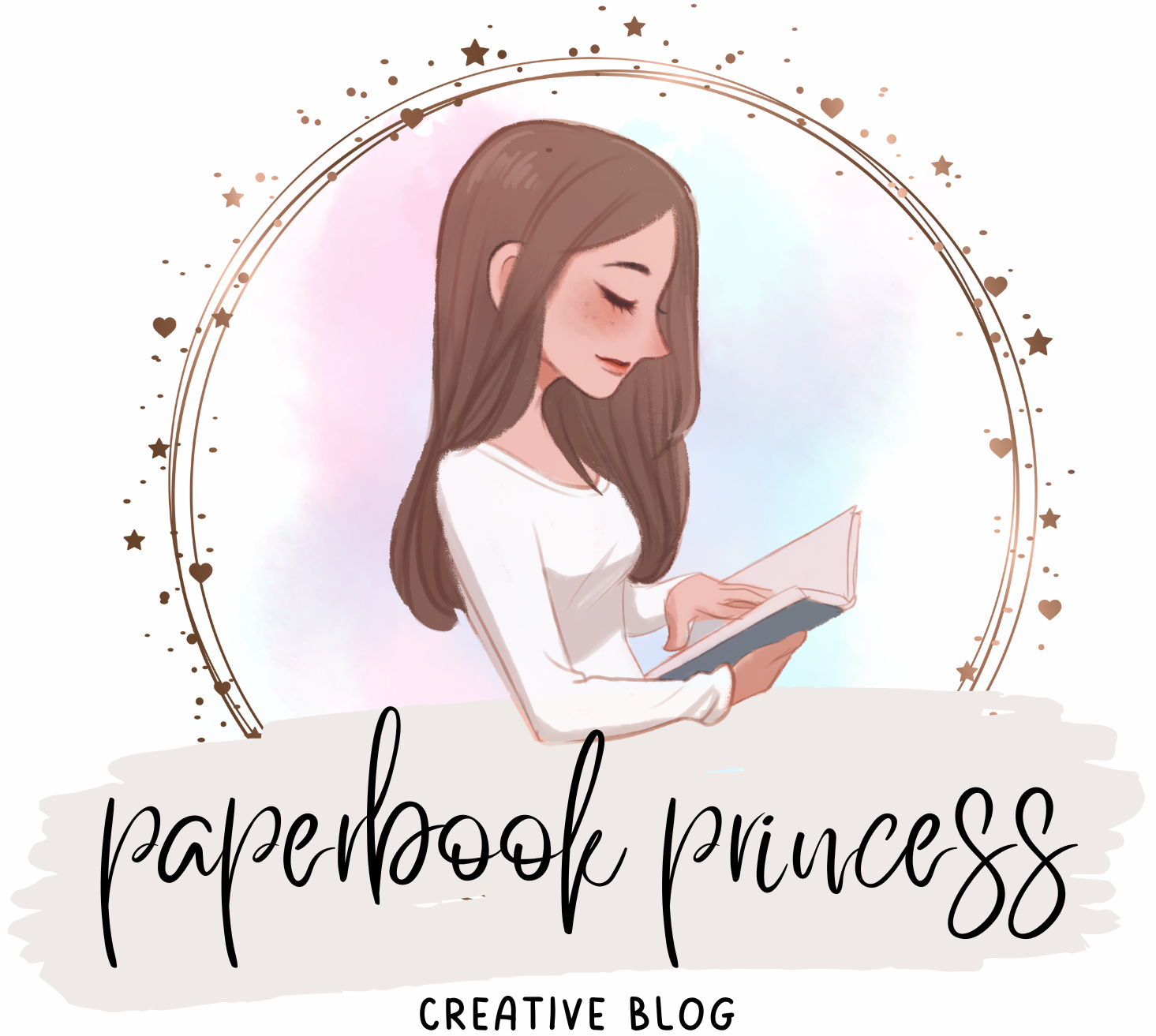
Fine Art Techniques for Beginners: Essential Skills to Kickstart Your Artistic Journey
Many aspiring artists wonder where to start on their artistic journey. Fine art techniques for beginners can provide a solid foundation to develop essential skills and explore creative expression. With structured art tutorials, individuals can learn various methods that suit different skill levels, enhancing their confidence in creating art.
Basic techniques such as drawing, painting, and composition play a significant role in establishing a beginner’s understanding of fine art. Each technique not only builds fundamental knowledge but also encourages exploration of personal style. This combination of skill development and creative freedom allows new artists to progress at their own pace.
Embracing these techniques is key to fostering growth and refining artistic abilities. The right guidance can open doors to a vibrant world of creativity, which can be both rewarding and fulfilling for anyone passionate about art.
Fundamentals of Drawing
Understanding the fundamentals of drawing is crucial for beginners. Mastery in drawing techniques lays a strong foundation for any artist’s growth and creativity. This section covers essential skills and tools important for beginners.
Sketching Essentials
Sketching forms the basis of drawing and allows an artist to express ideas quickly. Beginners should focus on gesture drawing, which captures the essence of a subject’s movement and form. Using light, loose lines helps create fluidity and dynamism in sketches.
Key tips for sketching:
- Use a variety of strokes to convey different textures.
- Start with basic shapes to build complex forms.
- Practice regularly to improve speed and accuracy.
Graphite pencils are preferred for sketching due to their versatility, allowing for both light and dark lines. Keeping a sketchbook on hand encourages practice and experimentation.
Beginners may also benefit from experimenting with erasable ink when practicing, as it allows quick corrections without the heavy erasing marks that can damage paper. For sketchbook work, erasable gel or clicker pens offer ink-like lines with the flexibility to revise, so try the best erasable pens to see how they fit the process. Their clean erasability can help maintain page quality during repeated redraws.
Understanding Shading and Light
Shading adds dimension to drawings and enhances realism. Beginners should learn about light sources and how they affect objects. Understanding highlights, mid-tones, and shadows is essential.
For effective shading, techniques like hatching and cross-hatching are commonly used. Hatching involves parallel lines, while cross-hatching adds depth by creating intersecting lines.
Use these shading tips:
- Identify the light source for accurate shadow placement.
- Blend with tools like tortillons or fingers for smooth transitions.
- Experiment with charcoal and colored pencils to explore different effects.
Mastery in shading elevates a drawing from flat to lifelike.
Exploring Drawing Tools
Choosing the right drawing tools is crucial for beginners. Each tool serves different purposes, contributing to unique outcomes. Graphite pencils offer a range of hardness, allowing for varied line quality, while markers provide bold, defined strokes.
Essential tools include:
- Graphite Pencils: Versatile for sketching and detailed work.
- Charcoal: Suitable for rich shadows and expressive lines.
- Colored Pencils: Great for adding color and texture.
Investing in high-quality supplies can enhance the drawing experience. Beginners may benefit from following online drawing tutorials to familiarize themselves with each tool’s capabilities and techniques. Regular practice with varied tools fosters artistic development.
Introduction to Painting
Painting encompasses a broad range of techniques and mediums that beginners can explore. Key methods include acrylics, oils, and water-based mediums. Each offers unique properties and possibilities, making it essential to understand their characteristics and ideal applications.
Mastering Acrylics
Acrylics are versatile and dry quickly, making them a popular choice for beginners. They can be thinned with water for washes or used straight from the tube for intense color application.
- Blending: Techniques like wet-on-wet allow for seamless transitions between colors.
- Glazing: Adding layers of transparent color creates depth.
- Impasto: This technique involves applying thick paint for texture.
Acrylic paint is easy to clean up and can mimic the appearance of oils or watercolors, depending on how it’s applied.
Oil Painting Techniques
Oil paints have a slower drying time, allowing for extensive manipulation. This characteristic enables artists to blend colors smoothly and make adjustments over longer periods.
- Underpainting: A monochromatic base layer establishes values before adding color.
- Palette Knife Painting: This method uses a knife to apply paint, creating a textured effect.
- Glazing: Like acrylics, glazing can enhance luminosity and depth in oil works.
Understanding color theory is crucial in oil painting to achieve the desired effects and compositions.
Water-Based Mediums
Watercolor and gouache are popular water-based mediums that offer distinct characteristics. Watercolors are transparent and reliant on layering for depth.
- Washes: Large areas of color can be laid down with water, creating soft backgrounds.
- Dry Brush: Using minimal water allows for detailed texture in the paint.
- Splattering: This technique adds spontaneity and texture to pieces.
Gouache offers opacity and can be reactivated with water, providing flexibility for corrections or enhancements. Each of these media encourages experimentation and creativity in painting.
Creative Practices and Media Exploration
Exploring various creative practices and media can enhance artistic expression. Techniques such as mixed media, texture applications, and digital art introduce beginners to diverse methods for creating unique artwork.
Mixed Media Techniques
Mixed media combines different materials and techniques to produce multifaceted art. Beginners can start with basics like collage, which involves layering paper, fabric, or other materials onto a canvas.
Scumbling allows for soft blending by applying a thin layer of color over an existing layer. Sgraffito is another technique where an artist scratches through a layer of paint to reveal the layer beneath.
Incorporating dry brushing creates a textured effect, especially useful for landscapes. A simple mixed media piece may include a painted background with collaged elements, providing depth and interest while allowing for personal expression.
Texture and Pattern in Art
Texture and pattern can dramatically alter the visual impact of an artwork. Techniques like frottage involve creating impressions from textures found in everyday objects, such as leaves or brick.
Using layering in painting adds visual depth. This can be achieved through washes that create transparency or opaque layers for richness.
Incorporating both pointillism and different textures into a single piece encourages experimentation. By combining these techniques, an artist can create dynamic surfaces that invite viewers to engage more closely with the artwork.
Digital Art Introduction
Digital art is an accessible medium for beginners, requiring just a computer or tablet. Artists can utilize software like Adobe Photoshop or Procreate to explore various techniques without traditional materials.
They can apply layering techniques similar to traditional painting, as well as experimenting with different brushes for effects like dry brushing or stippling.
Digital platforms often offer tools for simulating plein air painting, allowing artists to create landscapes inspired by nature while working indoors. As a result, beginners can enjoy flexibility and immediate feedback while developing their artistic skills.
Advancing Your Art
To advance in fine art, a structured approach is essential. By focusing on specific techniques and learning from the works of established artists, beginners can refine their skills and expand their artistic potential.
Portraiture and the Human Form
Mastering portraiture requires a solid foundation in drawing fundamentals. Understanding facial features and how they relate to the human form is crucial. Practicing accuracy in proportions can be achieved through studies of classical sculptures and master copies.
Implementing techniques such as chiaroscuro enhances depth and realism. Beginners should practice portrait drawing by capturing varying light and shadow on the face. This helps in understanding the complexity of human expressions and forms. Regularly sketching from life also fosters a better grasp of anatomy and proportions.
Landscape and Plein Air Mastery
Landscapes offer a diverse range of subjects, requiring both observation and technique. Plein air painting encourages artists to capture scenes directly from nature, improving their skills in color mixing and blending techniques.
When studying landscapes, focus on elements such as perspective and foreground-background relationships. Using a limited palette can help achieve harmony and boost accuracy in representation. Experimenting with different materials like oils or watercolors can yield unique results and enhance one’s versatility.
Learning from the Masters
Studying works by professional artists provides invaluable insights. By creating master copies, artists can analyze brush techniques, compositions, and color choices. This academic approach allows them to internalize methods that elevate their artistry.
Joining art classes that emphasize drawing fundamentals further builds skill. Peer critiques within these settings can sharpen an artist’s eye for detail and foster improvement. Understanding various artistic nuances enhances not only technique but also conceptual thinking.





